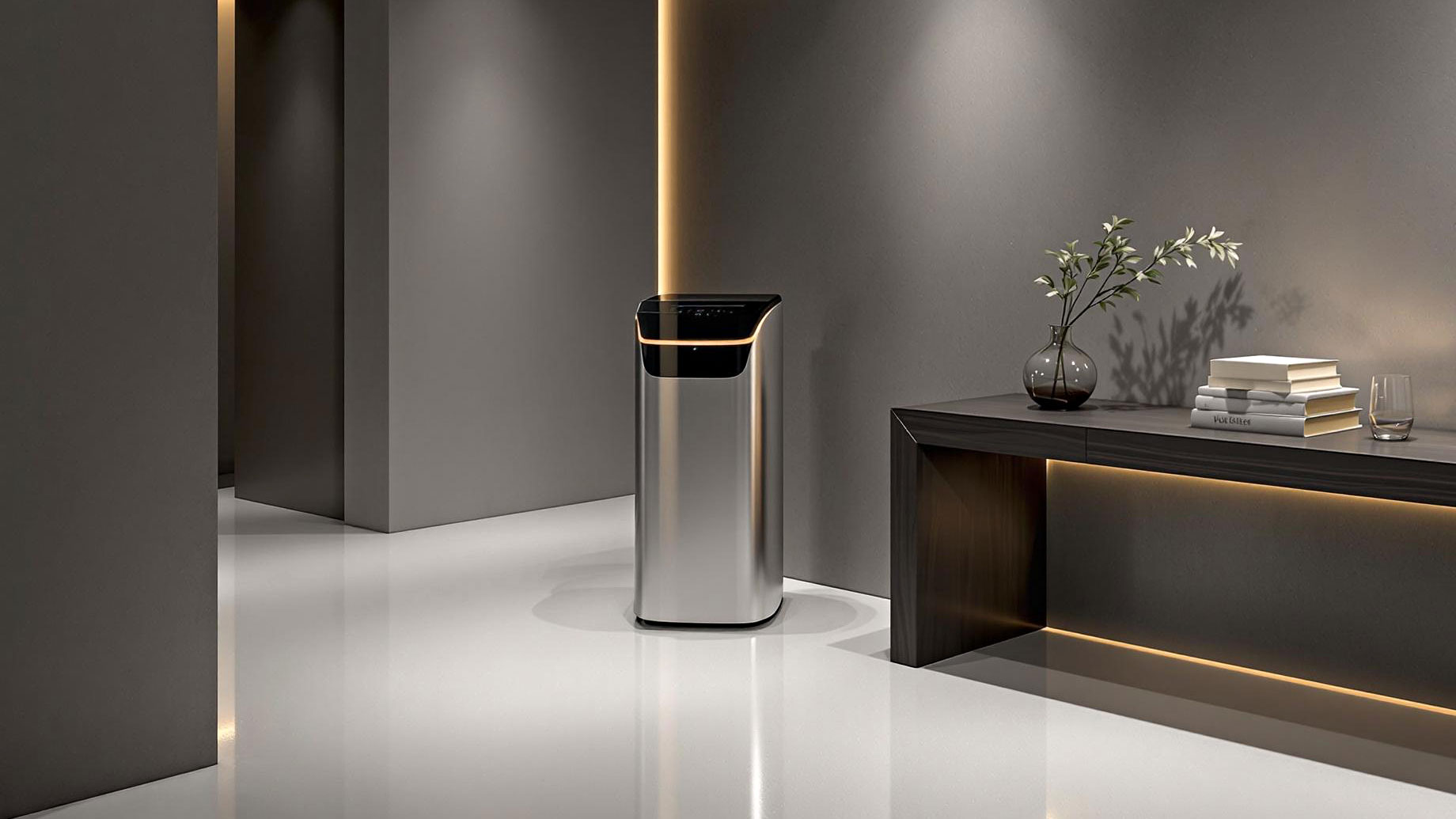
A dehumidifier is one of the best ways to protect your basement from musty odours, mould growth, and moisture damage. But should it run all the time? Knowing when to turn off your dehumidifier in the basement can save energy, extend the life of your unit, and keep your home comfortable year-round.
This guide will explain the best times to power down your dehumidifier, how to monitor humidity levels, and tips for maintaining ideal conditions. Whether you’re using a portable unit or a heavy-duty crawl dehumidifier, understanding these key factors will help you make smarter, more efficient choices for your home.
Why Basement Humidity Matters
A damp basement can lead to mould, musty smells, and damage your home’s structure. Many homeowners use a dehumidifier to keep moisture levels in check. But running it all the time isn’t always necessary and can even waste energy.
If the air gets too dry, it can cause problems like cracked wood or irritated skin. On the other hand, too much moisture invites mould and pests. The key is finding the right balance. A dehumidifier can help, but knowing when to turn it off is as important as knowing when to run it.
The Best Humidity Level for Your Basement
Most experts say your basement should stay between 30% and 50% humidity. This range keeps things comfortable while preventing mould and mildew. You can check humidity with a cheap device called a hygrometer. It’s like a thermometer but for moisture.
If your basement stays in this safe zone for weeks, you might not always need the dehumidifier running. But if humidity often rises above 50%, especially in summer, a dehumidifier can be a lifesaver. The trick is to monitor levels and adjust as needed.
When to Turn Off the Dehumidifier in Winter
Winter air is usually dry, especially in a cold climate. Since cold air holds less moisture, your basement may naturally stay within the ideal humidity range. If your hygrometer is below 40% for a long time, you can safely turn off the dehumidifier.
Another reason to power it down in winter is that dehumidifiers can freeze if it gets too cold. Ice can damage the coils and reduce efficiency. A dehumidifier with a built-in defrost mode is a smart choice if you still need moisture control.
Signs Your Basement Doesn’t Need a Dehumidifier
How do you know when it’s okay to turn off the dehumidifier? Look for these signs:
- The air feels dry.
- No condensation on windows or pipes.
- Your hygrometer stays below 50% for days.
If these conditions last for weeks, especially in fall or winter, you can give your dehumidifier a break. But keep an eye on the humidity. If things get sticky again, turn it back on. A crawl space dehumidifier with auto settings can handle this for you.
How Weather Affects Your Dehumidifier Use
Humidity changes with the seasons. Hot and muggy summer weather means your basement will likely need a dehumidifier running often. But in spring and fall, milder weather might mean you can turn it off for a while.
Rainy seasons are another time to watch closely. If storms or flooding are common in your area, keep the dehumidifier running to prevent water damage. A heavy-duty crawl dehumidifier can handle extreme moisture better than a basic model.
Saving Energy Without Sacrificing Protection
Running a dehumidifier 24/7 can hike up your electric bill. To save energy, try these tips:
- Could you turn it off when the humidity stays low?
- Use a timer or smart plug to run it only when needed.
- Upgrade to an energy-efficient with auto shutoff.
Some models even connect to WiFi so that you can control them from your phone. That way, you only use power when necessary.
Should You Ever Leave a Dehumidifier On All Year?
In some cases, yes. Suppose you live in a very humid area. In that case, your basement might need year-round dehumidification. The same goes for homes with poor ventilation or past mould problems.
But you can turn it off in most places for at least part of the year. If you’re unsure, check your hygrometer regularly. A high-quality crawl space dehumidifier will have settings that adjust for seasonal changes.
What Happens If You Never Turn Off Your Dehumidifier?
Leaving it running nonstop can cause problems:
- Higher electricity bills.
- Wear and tear on the machine.
- Overly dry air, which can damage wood and dry out skin.
To avoid these issues, only run it when necessary. If you forget to turn it off, it will shut off automatically when the air is dry enough.
How to Maintain Your Dehumidifier for Longevity
Before turning it off for a long time, do these simple steps:
- Empty and clean the water tank to prevent mould.
- Wipe down the filter to keep dust out.
- Check for ice buildup in winter.
If you store it, keep it in a dry place. Regular maintenance helps your dehumidifier last longer and work better when needed.
Choosing the Right Dehumidifier for Your Basement
Not all dehumidifiers are the same. You need one powerful enough to handle high moisture for basements and crawl spaces. Look for:
- High capacity
- Auto shutoff
- Built-in pump
A top-rated crawl space dehumidifier from a trusted brand like Abestorm ensures reliable performance.
Conclusion
Knowing when to turn off your dehumidifier in the basement helps save energy and protect your home. Check humidity levels, adjust with the seasons, and consider upgrading to it for better control. You’ll keep your basement dry without wasting money with the right approach.
Ready for a better dehumidifier? Check out Abestorm’s top-rated crawl space dehumidifiers for unbeatable moisture control!